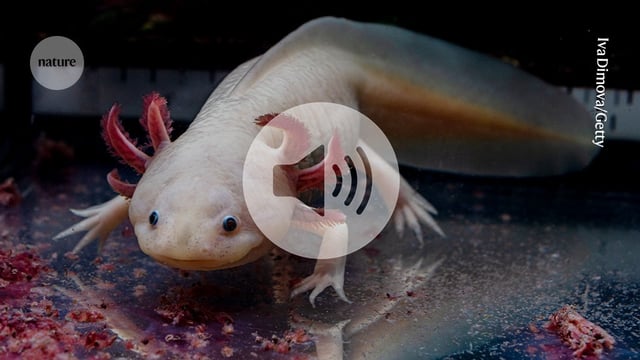Overview
- Constructed from fluorinated elastomers, the ultra-flexible mesh matches the softness of biological tissue and stretches with the tadpole brain during embryonic development.
- In Nature-published experiments, the implant delivered millisecond-resolution recordings from individual neurons without impacting tadpole growth or behavior.
- At least one implanted tadpole matured into a normal frog, demonstrating the device’s biocompatibility and stability.
- Harvard’s Office of Technology Development has licensed the technology to Axoft, which will drive its scale-up and application.
- Researchers are preparing to adapt the bioelectronic mesh for rodent embryos to explore early-stage neural circuits in mammals.



